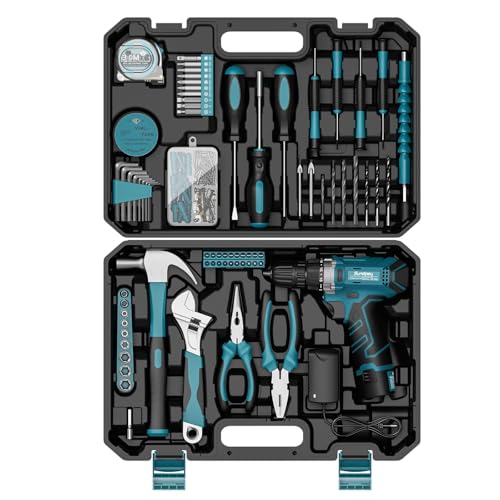Thorallophon
***
OK, so I searched the forum for info on driving in B mode. I found a few opinions but nothing really definitive.
What I want to know is there any problem driving all the time in B mode?
My opinion is that coasting is giving away energy as coasting is merely another way of slowly slowing down. Coasting or during or whatever you call it makes sense in an ICE since increased rpm's means more fuel consumption, but it seems to me that the loss of rpm's (read momentum) in an EV is just loss of energy. So why not recuperate as much energy as possible?
I also noticed that on my 2017 the brake lights only come on when I completely take my foot off the accelerator. So going downhill with my foot partially on the a-pedal leaves the dial in the green (regenerating) without the lights coming on (not affecting the cars behind me). And I have to admit I kinda like the feel of the "hard" regen as it reminds me of go-carting!
Anybody know?
Jon.
What I want to know is there any problem driving all the time in B mode?
My opinion is that coasting is giving away energy as coasting is merely another way of slowly slowing down. Coasting or during or whatever you call it makes sense in an ICE since increased rpm's means more fuel consumption, but it seems to me that the loss of rpm's (read momentum) in an EV is just loss of energy. So why not recuperate as much energy as possible?
I also noticed that on my 2017 the brake lights only come on when I completely take my foot off the accelerator. So going downhill with my foot partially on the a-pedal leaves the dial in the green (regenerating) without the lights coming on (not affecting the cars behind me). And I have to admit I kinda like the feel of the "hard" regen as it reminds me of go-carting!
Anybody know?
Jon.

































